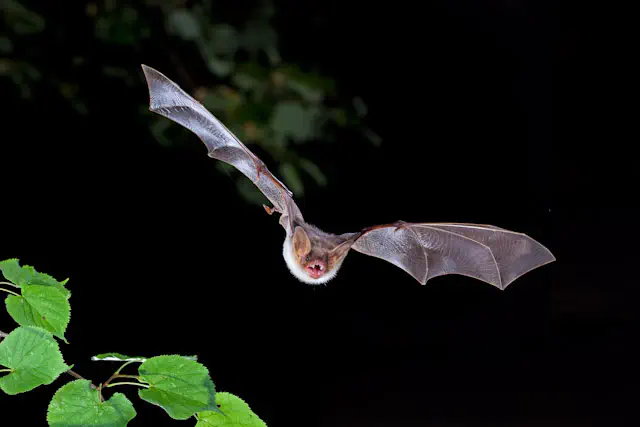Improving species distribution mapping through expert information
 By C. Robiller / Naturlichter.de - Own work, CC BY-SA 3.0 de, Link
By C. Robiller / Naturlichter.de - Own work, CC BY-SA 3.0 de, Link
Accurately mapping species’ realized distributions is challenging. In our new paper led by Julian Oeser we propose a new method for integrating expert range maps in SDMs that helps improve distribution mapping.
Our method combines the best of two worlds: the ability of SDMs to describe fine-scale habitat suitability with the ability of expert range maps to characterize range limits. This helps to consider distribution limits shaped by biotic interactions or dispersal barriers.
We use stacked generalization, an ensemble technique widely used in machine learning but so far overlooked in SDM applications. Our approach offers a data-driven alternative to including expert ranges as spatial offsets, previously proposed by Merow et al (2017).
Applying our approach to a rich dataset of bat occurrences, we show that it helps to achieve more realistic distribution maps and makes it possible to account for the often strongly varying accuracy of expert ranges when assessing many species at once.
Our method contributes to the growing toolbox of integrated SDM approaches, which can help improve our knowledge of species distributions and overcome the Wallacean shortfall. For R code demonstrating the implementation of our approach, check the Supporting Information.